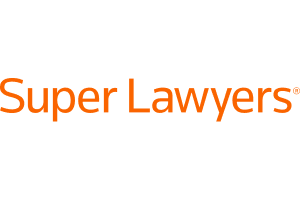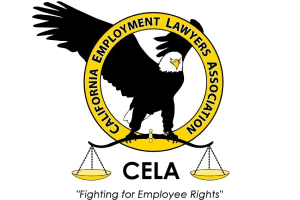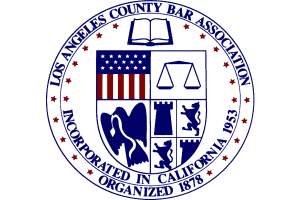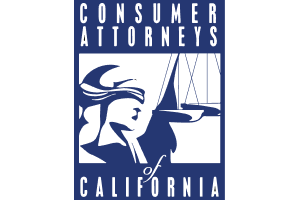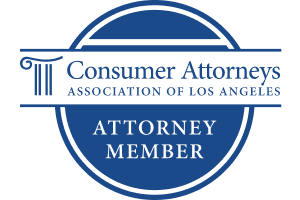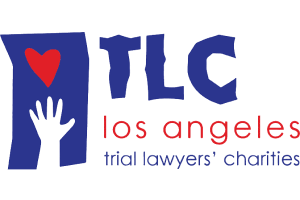Employee Rights
Venice, California
Venice, California is a neighborhood within the City of Los Angeles in the Westside region of Los Angeles County. Venice borders the Pacific Ocean, and its nearly three-mile-long beach is the busiest facility operated by the City of Los Angeles Department of Recreation and Parks. Venice encompasses approximately 3 square miles and is home to about 37,000 residents. Venice is south of the City of Santa Monica and north of the unincorporated community of Marina Del Rey. Venice is known for its pedestrian-friendly cityscape and mild weather. The Venice Boardwalk (Ocean Front Walk), which parallels the ocean and features street performers and vendors, is one of the most visited tourist destinations in Southern California.
Silicon Beach
In a nod to Northern California’s Silicon Valley, the original magnet for tech companies, Southern California has its own tech hub, Silicon Beach. Venice is within Silicon Beach, as are the nearby cities of Santa Monica, Culver City, El Segundo, Manhattan Beach, and Hermosa Beach, as well as the communities of Playa Del Rey, Playa Vista, and Marina Del Rey. More than 500 technology companies operate from Silicon Beach, ranging from large, well-established entities such as Google, Amazon, and Facebook, to smaller companies and startups (companies in the first stages of operations). More than 150 technology companies are located in Venice.
Abbot Kinney Boulevard
Abbot Kinney Boulevard is a mile long strip of fashion, art, and food. Abbot Kinney Boulevard is often recognized as one of the hippiest streets in Los Angeles. Nightlife on Abbot Kinney Boulevard attracts people from all over Southern California and beyond.
Venice of America
Originally called “Venice of America” or “Venice-by-the-Sea,” real estate developer Abbot Kinney designed Venice, California to echo the character of the Italian city of Venice. Kinney’s idea was to create a sort of Coney Island of the Pacific. Coney Island, located on the East Coast of the United States, was a famous seaside resort known for its amusement parks. Prior to establishing Venice of America, Kinney was co-owner of the Ocean Park Casino and Resort (which became a restaurant, theatre, and tennis club) just north of present-day Venice. In 1891 Kinney and his partner also purchased a large tract of land surrounding the Ocean Park Casino and Resort. While the northern portion of the tract was suitable for immediate development, the southern portion was mainly marshland and sand dunes. As a consequence, most people perceived the southern portion of the tract as worthless. That seemingly worthless tract of marshland and sand dunes would become Venice of America. The development opened in 1905 as a playground for the wealthy. Ultimately, the resort would feature canals (including a half-mile long grand canal), gondolas, piazzas, colonnades, Venetian-styled structures, a 2,500-seat amphitheater, a miniature railroad, and a 900 foot long pleasure pier with a dance hall, aquarium, carousel, tea house, and restaurant. A mile and three quarter long miniature railroad acted as an internal transportation system. The initial fare was five cents. The miniature railroad ceased operations in 1925. The developer designed and excavated many canals from the area’s marshland, around which homes were built, joined by sidewalks along the waterways and attractive bridges periodically joining the banks. The canals were accessible to small boats and even gondolas. Despite their aesthetic qualities, several of the canals were ultimately turned into roads in 1929. Other canals still exist. The area has been registered as a historical landmark. Venice became part of the city of Los Angeles in 1925.
Ince Field
In 1914, Venice’s Ince Field became the first airfield on the West Coast to be designated as an airport. The airport was a popular venue for airshows and air stunts. Eight manufacturers had factories on the site. In 1920, the airport was renamed Delay Field but then closed in 1923. The airfield’s runway was short and because the airfield was surrounded by residential areas there was no room to expand the runway.
Venice Oil Field
In 1930, at the beginning of the Great Depression, oil was discovered in the Venice area. Soon wells were producing approximately 40,000 barrels per day. By 1931, the Venice oil field was the 4th most productive oil field in California. Soon thereafter production plummeted. The last oil derrick was removed in 1961, though a new derrick was later installed and camouflaged as a lighthouse. Oil production finally ceased in the 1990s.
Marina Del Rey
The United States Army Corps of Engineers constructed the harbor at Marina Del Rey. It is the largest man-made marina in the United States with over 4,600 boat slips. By the 1920s, the area now known as Marina Del Rey was dotted with oil rigs. In 1941, the eccentric multimillionaire Howard Hughes relocated his Hughes Aircraft Company from Glendale to a tract of wetland in nearby Playa Vista covering more than 1,000 acres. The plant would be home to the world’s longest private runway at nearly two miles. In the 1950’s, the area was home to the short-lived Hoppyland, an 80-acre amusement park. In the 1880s, dredging commenced for the building of a harbor for Port Ballona in what is now Marina Del Rey. After three years the project was abandoned due to sediment from winter rains refilling the dredged channel and the presence of a hard layer of red clay.
Playa Del Rey
Playa Del Rey began with Los Angeles-Pacific Railway electric car service coming to the nascent beach resort in 1903. The beach resort had a hotel, pavilion, boat houses, a bank building, a bandstand, and a pier. In 1905, an incline railway was constructed that led from the beach to the top of the bluff above it, then known as Mount Ballona.
Playa Del Rey was also home to the Los Angeles Motordrome, a circular one mile in circumference wood board automobile racetrack. The track was 45-feet wide and had a steep slope. The Motordrome, which opened in 1910, and could seat 40,000 spectators and included a covered bandstand, was used for automobile and motorcycle racing and early aviation meets. A generating plant on the site provided electric lighting for night racing. The Los Angeles-Pacific railway provided easy access for spectators to reach the Motordrome via a spur line. On August 11, 1913, a portion of the Motordrome was destroyed. The fire was blamed on vagrants sleeping beneath the track who were careless with matches. The Motordrome was never rebuilt. The site was later used for growing sugar beets and then oil drilling.
Penmar Golf Course
Penmar Golf Course is a 9-hole course operated by the Los Angeles City Recreation and Parks Department. The facility also features a café. Penmar Golf Course opened in 1962 on 53 acres. In 2015, actor Harrison Ford, star of the Star Wars and Indiana Jones movies among other well-known films, crash landed his single-engine airplane on Penmar Golf Course.
Contact Us
Our office has many years of experience fighting for employee rights. If you are owed wages, have been wrongfully terminated, or if your employer or former employer has otherwise violated your rights, call the experienced attorneys at Kokozian Law Firm, APC or Contact Us via our online form. We advance all costs. No recovery, no fee.


